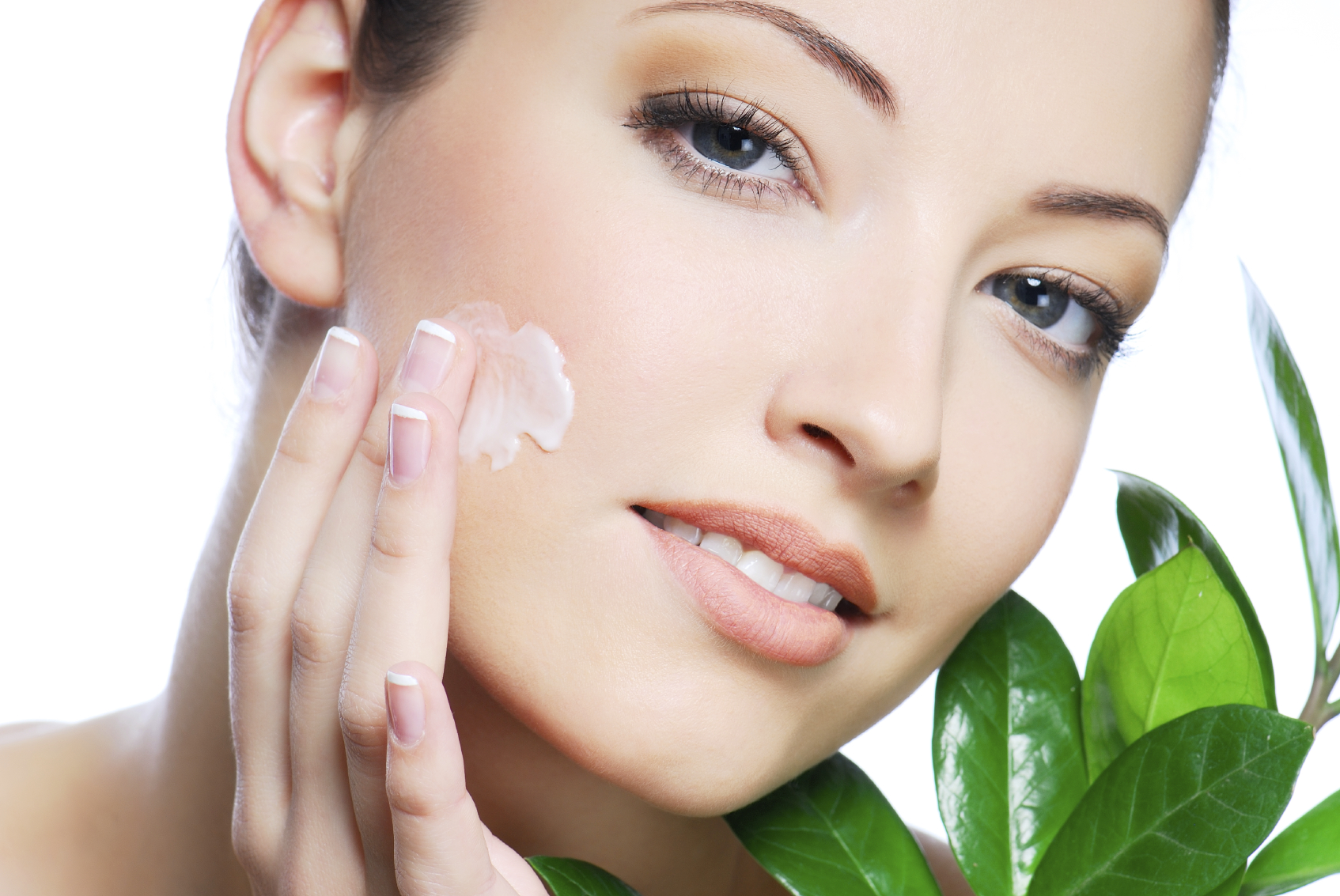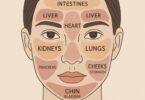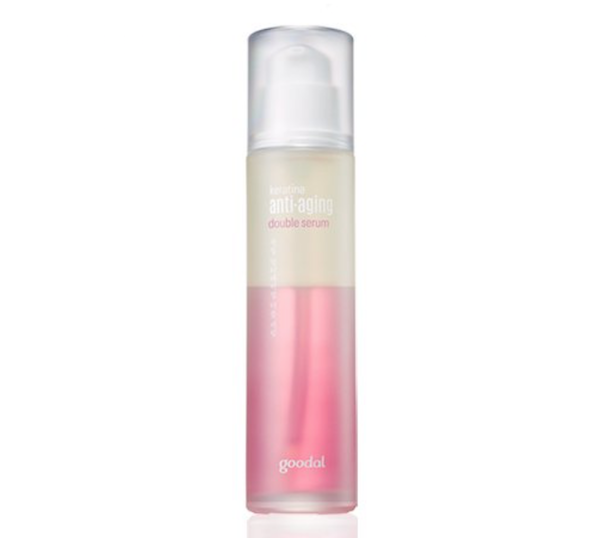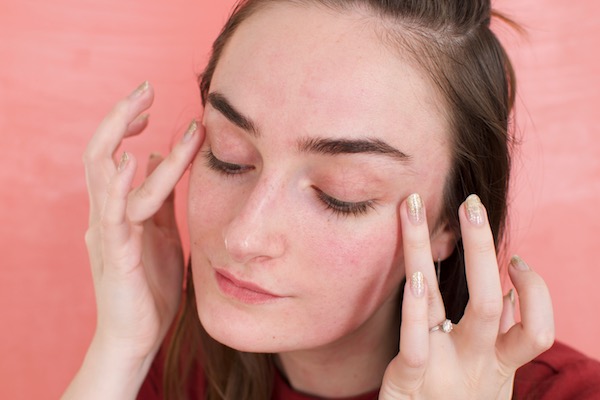There’s lye in your beauty products!
Have you ever heard of lye? It’s also known as caustic soda, and it’s a highly potent chemical that can cause irreparable damage. In fact, here are some of the things lye is used for:
- Treating poor quality crude oil in order to remove sulfur and impurities
- Neutralizing acid gas in the earth to enable mining companies to drill safely
- Pulping the fibers in wood in order to make paper
- Breaking down body tissue (it’s what people use in movies and TV shows to dissolve dead bodies)
- Attacking the cellular structure of aluminum in order to dissolve the metal
- Dissolving greases, fats, proteins, and oils, making it a potent cleaning product
All of these things seem like pretty harsh uses for a chemical, right? So what does lye have to do with your beauty products?
Another name for lye is sodium hydroxide, and it’s an ingredient that you will find in A LOT of places you may want it to be. For example, your food!
If you’ve never heard of the process of chemically peeling fruits and veggies, you need to know that lye is used in the process. Sodium hydroxide is also used to process cocoa and chocolate, and it’s used in the manufacture of soft drinks. Lye is added to water to soak hominy, which is then turned into Corn Nuts and other corn-based foodstuffs. Chinese moon cakes are baked using lye, and most Chinese noodles contain lye rather than egg. Even olives are often soaked in a sodium hydroxide solution in order to brine them, and pretzels are made with sodium hydroxide as well.
When it comes to your beauty products, lye is all over the place! Because lye helps to balance out pH levels, it is used to keep the pH levels of your beauty products balanced. You can find it in shampoo, soap, conditioner, cleansing products, bath products, and the list goes on and on. You’ll find that it’s in just about every beauty product you use.

READ MORE: Dissecting Mascara: The Chemicals Within
Here are a few that contain serious quantities of sodium hydroxide:
- Chemical hair straighteners — As you saw above, sodium hydroxide is effective at breaking down both proteins and body tissue. This makes it useful for breaking down the proteins in your hair that is making it curly, leaving your hair nice and straight.
- Oven cleaner — There are few chemicals strong enough to de-stain your oven, but sodium hydroxide does the job very well. It breaks down all the oils, proteins, and grease, making it much easier to clean.
- Nail cuticle solvents — Want to get rid of the gunk around your fingernails? Nail cuticle solvents contain about 5% sodium hydroxide, and the lye will be very effective!
- Hair straighteners — Even regular hair straightening products contain lye, though in a much lower dosages (2%) than the chemical hair straighteners (5%).
Lye is considered to be a “moderate hazard”, and various organizations have expressed concerns about its link to cancer, organ toxicity, system toxicity, and irritation in the body. If it is ingested, it can cause serious damage to the brain and organs.
Now, understand that there are only very small dosages used in your beauty products, but the truth is that sodium hydroxide does present a danger. It’s incredibly potent, effective at dissolving a wide range of organic structures, and linked to a number of health problems. If you see sodium hydroxide in your beauty products, it may be a good idea to look into OTHER beauty products. Better safe than sorry, right?








